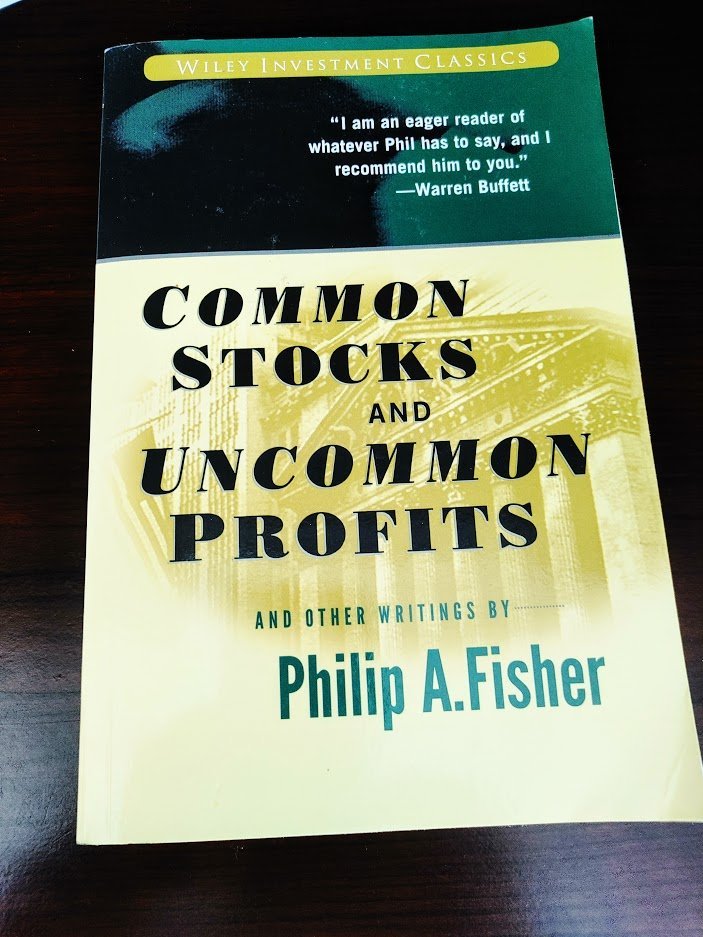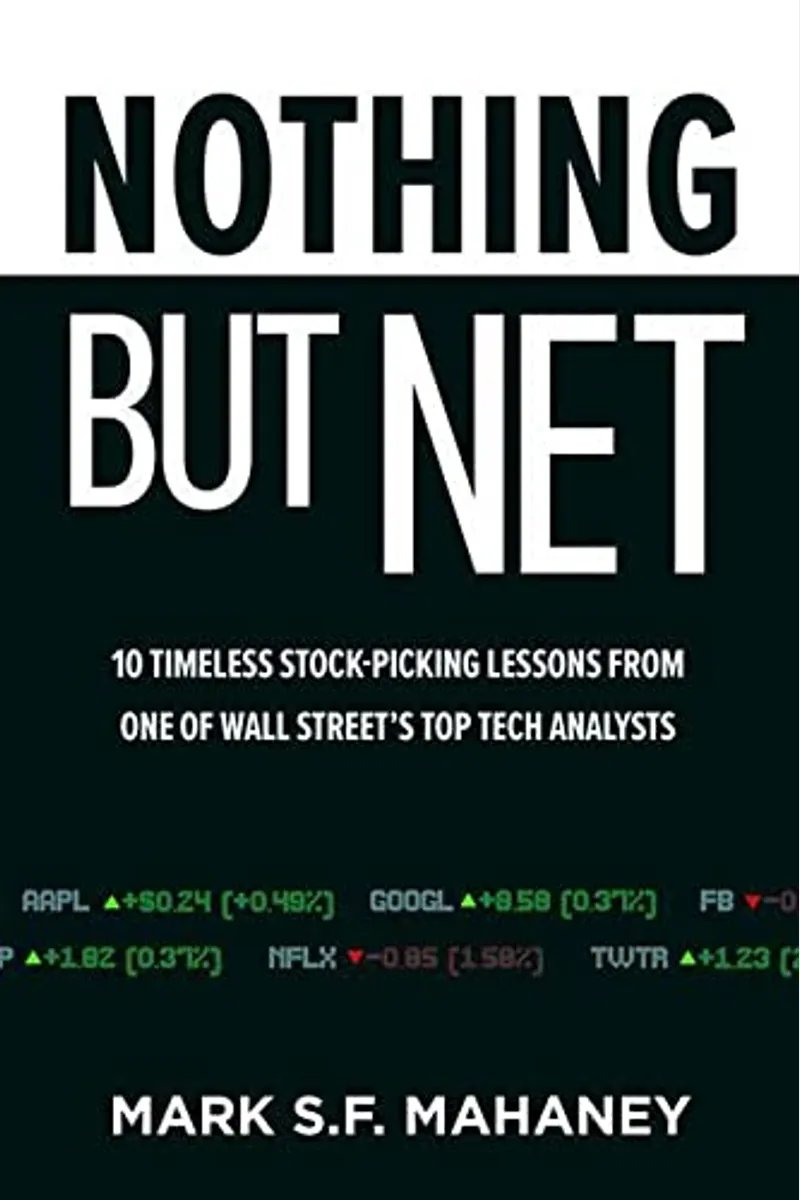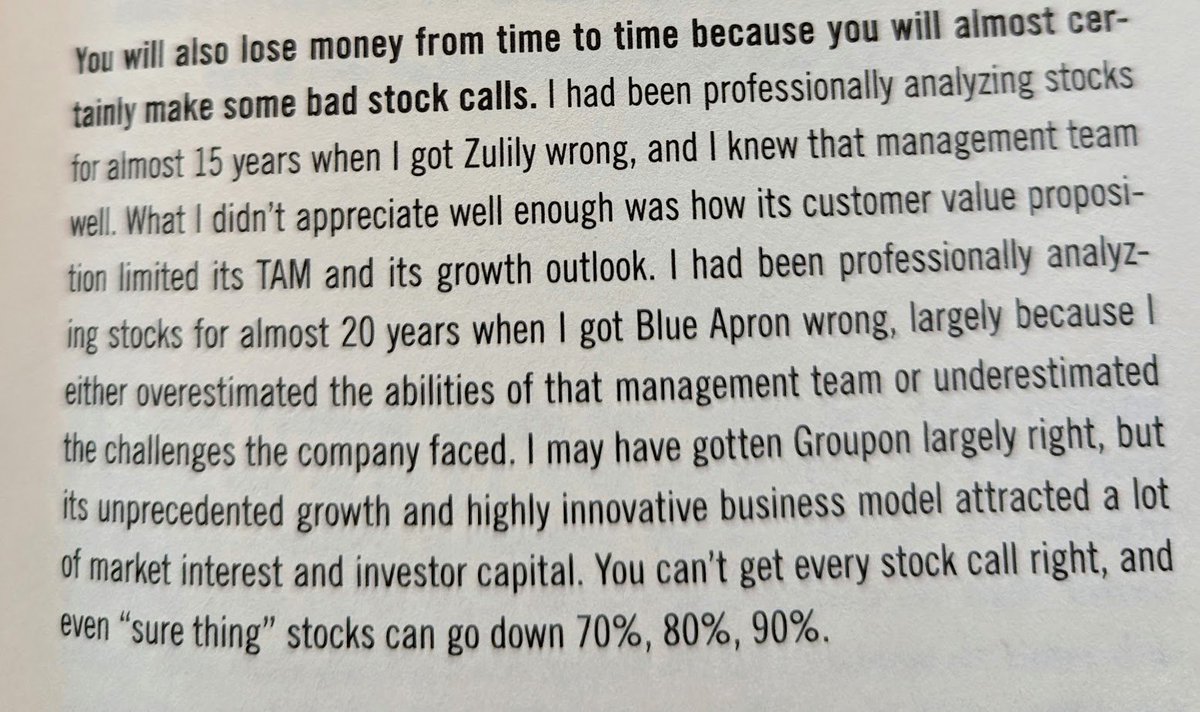This is one of my favorite rags-to-riches stories:
Just months before the onset of the Great Depression, a 3rd -grade educated entrepreneur opened a general store in rural Kentucky.
Today, that single location has grown into a 19K-store retail empire.
Just months before the onset of the Great Depression, a 3rd -grade educated entrepreneur opened a general store in rural Kentucky.
Today, that single location has grown into a 19K-store retail empire.

Luther Turner opened his first store just before the Great Depression. Even though he had a 3rd grade education and could barely read, Luther's store was still successful, mostly by acknowledging he wasn't smart and could learn something from everyone. 

As stores started closing during the Great Depression, Luther and his son, Cal Sr, knew they could buy merchandise from closing stores at dirt cheap prices.
The father-son team also learned another valuable lesson: In hard times, customers wanted value above all else.
The father-son team also learned another valuable lesson: In hard times, customers wanted value above all else.

The "aha!" moment came when the Turners were operating 30+ stores in KY and TN. Cal Sr was enamored w/ how $1 sales brought in crowds at big stores and decided to make everything $1. Pros included making the value obvious to customers and a simplified checkout experience. 

The Turners started by experimenting with the "everything is $1" concept at one store, but the idea was obviously a huge success, and Dollar General was off to the races.
This is also when the stores were rebranded w/ the Dollar General name.
This is also when the stores were rebranded w/ the Dollar General name.

Turner's Department store in Springfield, KY, was converted into the first Dollar General with no item over $1. Soon, Dollar General Stores started sprouting up in southern Kentucky, like this store in Campbellsville, KY 

The $1 price point changed customers' thinking and state of mind while they shopped. There's lots of reasons for $DG's early success, but the psychology that went into this seemingly simple concept surely drove a lot of it.
They'd be thinking, "Look what I can get for a dollar."
They'd be thinking, "Look what I can get for a dollar."

It didn't take long for $DG to add higher price points, but they tried to keep a simple system in place (e.g. 2 for $5) that made it easy for customers to track and made clear the value they were receiving. 

When scouting out new locations for stores, they didn't worry about the location or building. They weren't even concerned about all the stores having the same look at first. Cheap was what they were after. 

Amazing how when they first started they used as something as simple as these rough metrics to operate the entire retail chain. These simple methods would catch up to $DG as it grew, but the napkin math accounting worked for years. 

This is still well before the company was public, but this level of eye-balling it and guess-timating important numbers makes my stomach churn. And again, this all caught up with $DG eventually, but the company was marvelously successful for years with these crude methods. 

The company's entire culture emphasized keeping things simple. Yet behind the simplicity were straightforward principles for incentivizing managers (w/ a profit sharing program) and a streamlined code of ethics for store managers and employees. 

When $DG went public in the late 60s, the added scrutiny came quick and furious. At early meetings w/ analysts, Cal Jr (3rd generation) didn't know the answers to some questions, so he would make them up!




Still, some things never change, as even back then growth covered a multitude of sins. The incredible growth $DG would show lasted for decades!
In 1964, sales and income doubled.
Decades later, in 2000, its quarterly growth streak was only matched by $CSCO.


In 1964, sales and income doubled.
Decades later, in 2000, its quarterly growth streak was only matched by $CSCO.


For decades $DG operated out of Scottsville, KY, where the first store was opened in 1929.
Eventually $DG moved to "big city" of Nashville, but the Turners tried to keep their small town roots.
Eventually $DG moved to "big city" of Nashville, but the Turners tried to keep their small town roots.

Throughout $DG's growth, it discovered it needed a mission statement and then, over decades, consistently found it needed to refine its mission.
This was a painful process, but DG realized it was needed in order to thrive.



This was a painful process, but DG realized it was needed in order to thrive.



In 1979, Dollar General made its second big pivot: From selling higher-margin items that weren't repeat purchases, to lower-margin merchandise that needed to be bought repeatedly.
Despite the lower gross margins, sales exploded and $DG thrived.


Despite the lower gross margins, sales exploded and $DG thrived.


After a lot of trials and errors, advertising was found to be a superfluous expense that actually contributed to as many problems as it solved (e.g. if a store was out of an advertised product, customers would leave mad).




Most of the notes in this thread are from Cal Turner Jr's book, My Father's Business.
A lot of it reminded me of Sam Walton's Made in America, as an aspiring entrepreneur experimented with sales tactics and merchandising, learning and succeeding as he went.
A lot of it reminded me of Sam Walton's Made in America, as an aspiring entrepreneur experimented with sales tactics and merchandising, learning and succeeding as he went.

That's a wrap!
Threads like this take a while to put together.
If you enjoyed it, please follow me @themattcochrane
I regularly tweet about the stock market and companies that interest me.
Want to share it with your audience? ♻️ RT the first tweet below:
Threads like this take a while to put together.
If you enjoyed it, please follow me @themattcochrane
I regularly tweet about the stock market and companies that interest me.
Want to share it with your audience? ♻️ RT the first tweet below:
https://twitter.com/834938488592220161/status/1690702342923108352
• • •
Missing some Tweet in this thread? You can try to
force a refresh

















